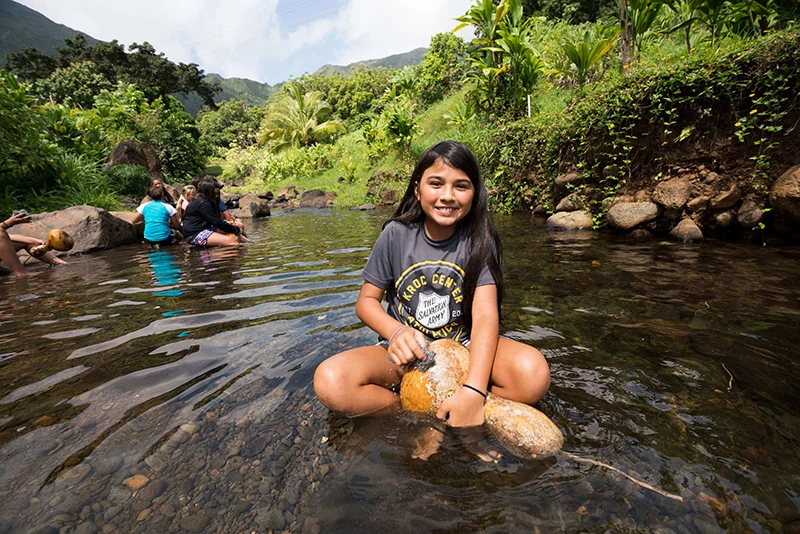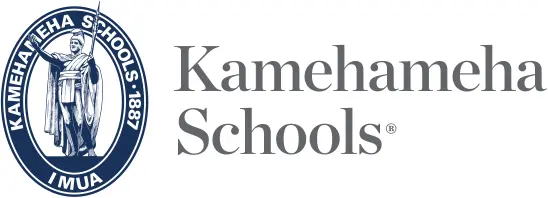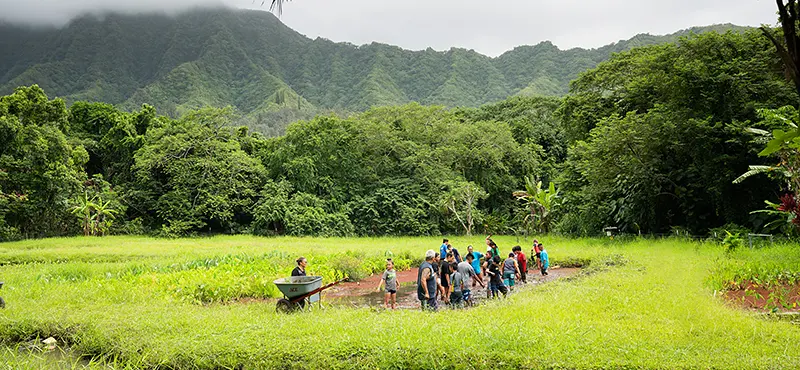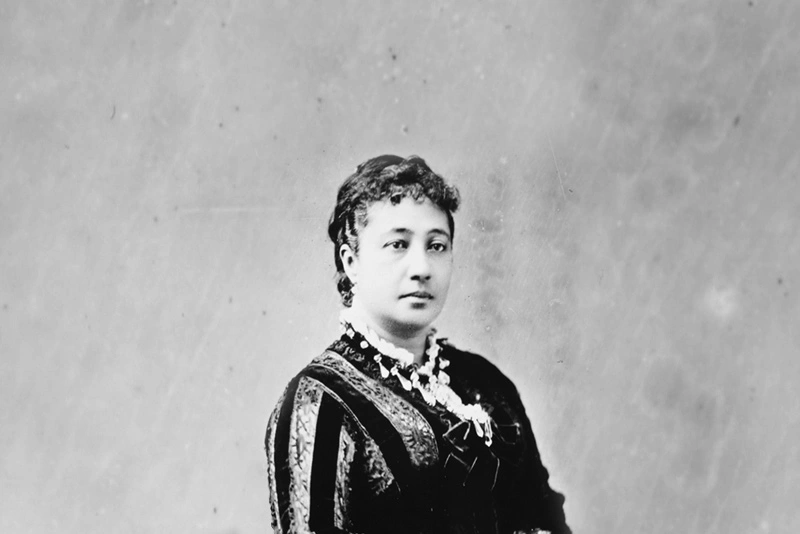This is the first of three articles focusing on the importance of Hawaiian culture-based education and KS’ ongoing and growing support of Hawaiian-focused charter schools.
ʻAʻohe mea nāna e hoʻopūhili he moho no ka lā makani. This proverb is said in admiration of a person who lets nothing stop him from carrying out the task entrusted to him.
This saying is embodied by Hawaiian-focused charter school (HFCS) founders, leaders, teachers, and ʻohana who recognize that culture-based education is a pathway to improve Native Hawaiian well-being. In the early 2000s, Hawaiian-focused charter schools were created to provide teaching and learning environments grounded in Hawaiian language and culture.
“We learned early on that the deepest learning and strongest engagement happens when learners find relevancy in their learning,” said Charlene Hoe, founder of the Hakipuʻu Learning Center (HLC). The Kāneʻohe school is one of 17 Hawaiian-focused public charter and conversion schools supported by Kamehameha Schools (KS).
At the heart of the Hawaiian-focused charter school approach is ensuring teaching and learning is student-centered, including lessons that are culture, project and place-based.
“Developing more hands-on, ʻāina-based and culturally driven programs are more engaging for our Native Hawaiian students and families,” said Susie Osborne, Kua O Ka Lā Public Charter School’s poʻokumu. “Parents of our students report that the hands-on and culture-based aspects of our program, [along with] with smaller class sizes, are predominantly why they choose us.”
“Our community theorized that integrating student-centered, project-based learning – grounded in the culture and values of Koʻolau – might help turn around the serious drop-out statistics between seventh grade to graduation,” added Hoe. “The charter for HLC was awarded in 2001. With the help of Windward Community College, we secured a campus site and HLC opened our doors that same year to 39 seventh and eighth grade students.”
In 2002, Kamehameha Schools began supporting the HFCS movement. Charter schools across the state were struggling to succeed with limited state funding, lackluster facilities and less than enthusiastic support at the Hawaii State Legislature. KS recognized the opportunity to collaborate with charter school leaders, and support the academic achievement of HFCS students.
A 2014 national charter school funding inequity study revealed that Hawaiʻi charter schools receive up to 34 percent less funding than conventional public schools. With Native Hawaiians comprising 81 percent of the HFCS population, KS’ support is a critical component for HFCS success.
“By law, Hawaiʻi charter schools are ‘public schools and entities of the state,’” added Hoe. “Since 2000, with the exception of two school years, charters have not received state per-pupil funding sufficient to support annual program delivery costs or sustainable facilities.”
To help the schools face these challenges, KS’ support of HFCS has grown to over $7 million in fiscal year 2014, including over 4,000 haumāna served through per-pupil funding, school technical support, professional development and accreditation preparation.
“KS recognizes that the missions of these schools are aligned to KS’ mission that supports educational opportunities for Native Hawaiian learners,” said Leinani Makekau-Whittaker, interim director of KS’ Hoʻolako Like Department. “These schools uplift Hawaiian identity which is foundational to the overall well-being of a learner, family, community and lāhui.”
Next: The network of Native Hawaiian charter schools.
We learned early on that the deepest learning and strongest engagement happens when learners find relevancy in their learning.
Charlene Hoe, Founder of Hakipuʻu Learning Center
TAGS
CATEGORIES
Kaipuolono Article, Newsroom, Community Education
Print with photos
Print text only










